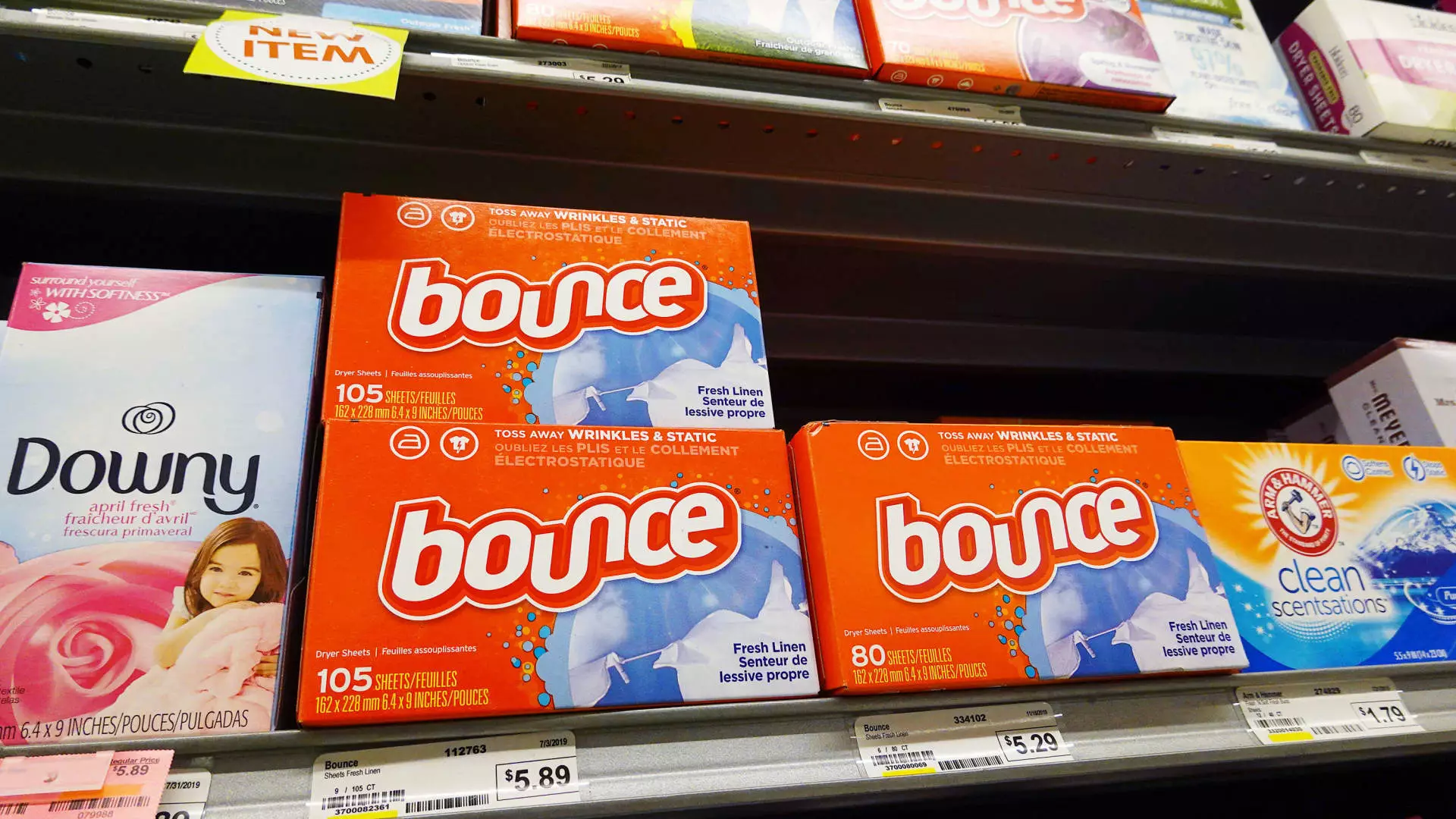Procter & Gamble (P&G), a major player in the consumer goods sector, recently disclosed disappointing financial results for its fiscal first quarter, bringing attention to the evolving dynamics of global consumer behavior. The mild downturn in revenue has raised concerns among investors and analysts alike, particularly in light of persistent demand issues in key markets, most notably China.
On Friday, P&G announced earnings that were below Wall Street’s expectations, prompting a 1% decline in its stock during premarket trading. The company reported adjusted earnings per share (EPS) of $1.93, slightly surpassing the anticipated $1.90. However, the total revenue fell short, at $21.74 billion against an expectation of $21.91 billion. This reveals a concerning trend, as the company also noted that its net income decreased to $3.96 billion, or $1.61 per share, a decline from the $4.52 billion, or $1.83 per share, reported a year earlier.
Despite the adjusted figures providing a glimmer of hope, the underlining issue lies in the drop of net sales by 1%, culminating in a total of $21.71 billion. While organic revenue displayed a modest growth of 2%—a metric that excludes factors like foreign exchange fluctuations—the flat volume underscores a stagnation in actual consumer demand. This stagnation contrasts sharply with P&G’s previous two years of stable growth, revealing underlying economic pressures affecting consumer behavior.
The broader consumer goods landscape has altered in recent months, with rising prices contributing to diminished demand. P&G’s experience reflects a phenomenon observed across many consumer companies, which have witnessed a downturn in sales following extended periods of price hikes. Interestingly, the U.S. market did manage to demonstrate some resilience, with volume growth recorded in eight out of ten of P&G’s product categories. CFO Andre Schulten affirmed that this durability emerged without a notable shift towards private-label brands, suggesting current brand loyalty among American consumers.
In stark contrast, P&G’s operations in Greater China have been a source of concern. The country, identified as P&G’s second-largest market, has faced volume declines across several segments, including hair and oral care. P&G remains cautious about recovery, forecasting a challenging environment for several quarters. The Chinese government has initiated economic stimulus plans, but P&G’s management remains apprehensive about immediate improvements. “The market continues to be weak and will be weak, we believe, for a number of quarters to come,” Schulten articulated, providing insight into the company’s outlook.
When analyzing P&G’s product segments, clear disparities emerge. The beauty sector, which houses renowned brands like Pantene and Olay, reported a troubling 2% decline in volume, with sales of its premium SK-II brand suffering significantly. The constraints within the skincare market—epitomized by a more than 20% drop in organic sales—point to the difficulties faced by high-end offerings in a recovering economy.
Conversely, some segments demonstrated resilience. P&G’s grooming division, including established brands like Gillette and Venus, celebrated a robust 4% growth attributed largely to innovation efforts. Similarly, its fabric and home care branch, comprising products such as Swiffer and Tide, enjoyed a 1% uptick in volume, indicating strategic efficacy in these areas. However, challenges remain for divisions like baby care and health care, both witnessing a 1% downturn, with baby products experiencing even more pronounced mid-single-digit declines.
Despite the current struggles, Procter & Gamble has reaffirmed its guidance for fiscal 2025. The company anticipates core net earnings per share in the range of $6.91 to $7.05, alongside a projected revenue growth of 2% to 4%. While these forecasts highlight P&G’s commitment to long-term stability, the immediate ecosystem poses significant hurdles that demand attention.
P&G stands at a crossroad, facing pressures in major markets while attempting to innovate and adapt to shifting consumer preferences. As the company navigates its strategy in response to these challenges, it remains to be seen how effectively it can recalibrate and reclaim volume growth in an increasingly competitive landscape.

